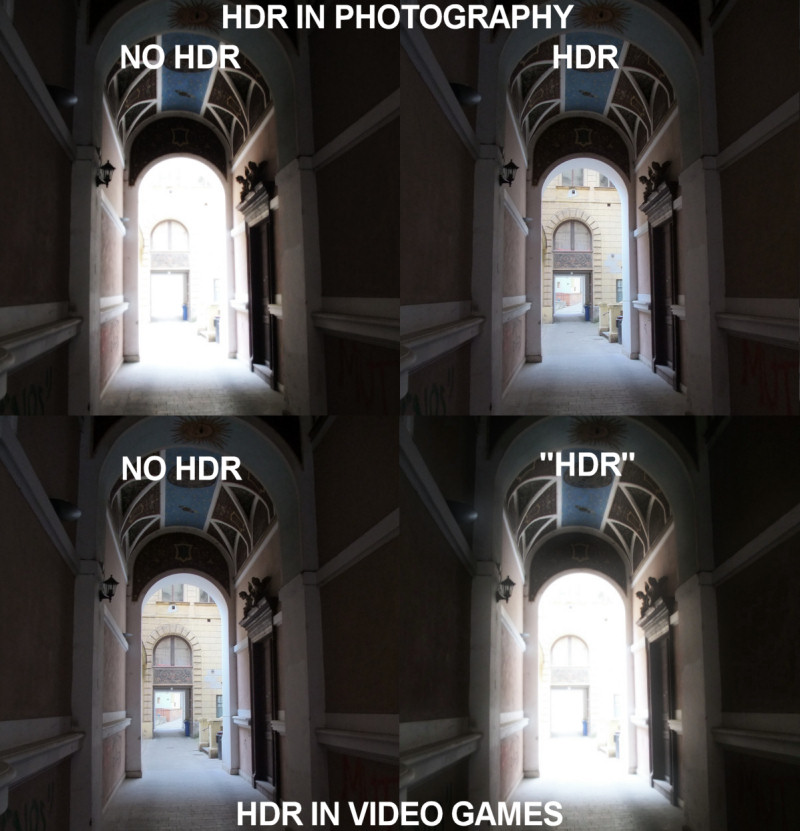I’ll get back to actual informational posts realsoonnow when I have some time, but I had to put this up immediately.
Amazon sent this one on to me, a book recommendation entitled Polygon Mesh: Unstructured Grid, 3D Computer Graphics, Solid Modeling, Convex Polygon, Rendering, Vertices, Computational Geometry. I am a bit sad there’s no cover image nor “Look Inside!” feature; it’s these little touches that no doubt would have convinced me to lay out $47 for such a fine-sounding volume, even though it’s only 88 pages long. The book Rasterisation: Vector Graphics, Raster Graphics, Pixel, Rendering, 3D Computer Graphics, Persistence of Vision, Ray Tracing by the same editor has a nice cover (though no “Look Inside!”), but at $62 is just a dollar too much for me.
The first of three editors for both books, Lambert M. Surhone, has 18,247 books that he’s worked on personally. Miriam T. Timpledon and Susan F. Marseken are also pretty productive, with 17,697 titles each. If they would only take a chance to break out and edit their own books, they could overtake Lambert in no time, I’m sure.
Welcome to Betascript Publishing. The idea is to grab (possibly) related Wikipedia pages, print them out, and put them in a book. More about this here. I don’t know who would buy such books, but I guess you need just 100 customers to net you perhaps $5000 or more. Peculiar. I expect with 18,247 titles, there are likely to be a hundred that sound like real books. The part that is sad to me is to see such books listed on foreign bookseller pages. I guess the good news is that the system works only once per customer, though I would guess the next step is to make 18,247 imprint names with 18,247 different editor names.
I thought the editors’ names were perhaps anagrams. Using the Internet Anagram Server, the first combination for each name is:
Lambert M. Surhone gives Blather Summoner
Miriam T. Timpledon gives Immolated Imprint
Susan F. Marseken gives Frankness Amuse
Probably just a coincidence. Anyway, I am frankly unamused by the idea of books automatically being produced, then automatically being recommended by Amazon, given that some people will undoubtedly pay for something they could get for nothing.
Now I just need an AI that will automatically buy these with robo-dollars and the cycle will be complete. Really, better yet would be to write a script that would automatically post a review for each one and note the content is free on Wikipedia. That would be the best automation of all.
Update: I wrote Amazon to complain. They reply (among other boilerplate sentences), “As a retailer, our goal is to provide customers with the broadest selection possible so they can find, discover, and buy any item they might be seeking.” They forgot the words “and pay us.” No one in their right mind seeks to pay for information they could get for free. It turns out Betascript is just one of three imprints under VDM Publishing – reading the Wikipedia article on VDM Publishing is fascinating, especially the discussion section. Amazon currently lists 38,909 Alphascript and 18,289 Betascript books, plus 321 books in German by Fastbook Publishing.
If you’re as disgusted by Amazon’s behavior as I am, I suggest two strategies: write and complain (and get a boilerplate response, but enough complaints might add up) by going here and clicking on Contact Us in the right column, and post 1-star reviews for any of these you run across, e.g., mine here – something to do while waiting for your code to compile.
Update: as of January 24th, 2011, Alphascript is up to 112,420 titles and Betascript has 230,460 titles. What a crock – shame on you, Amazon. Sadly, Miriam and Susan never caught up to Lambert: he has 230,535 titles to his name, while they each have only 69,395.
One more update: see my followup article here.

